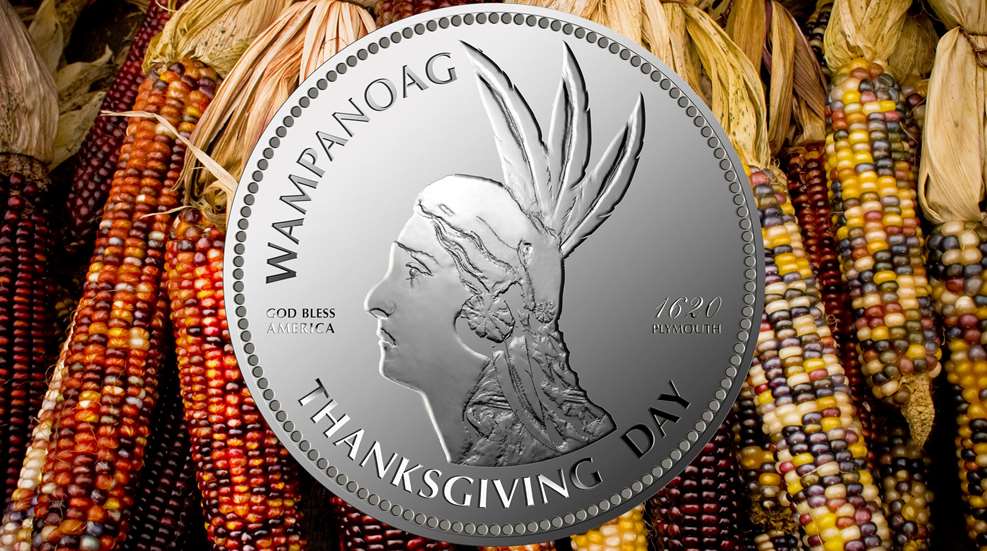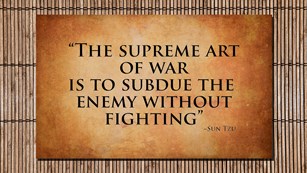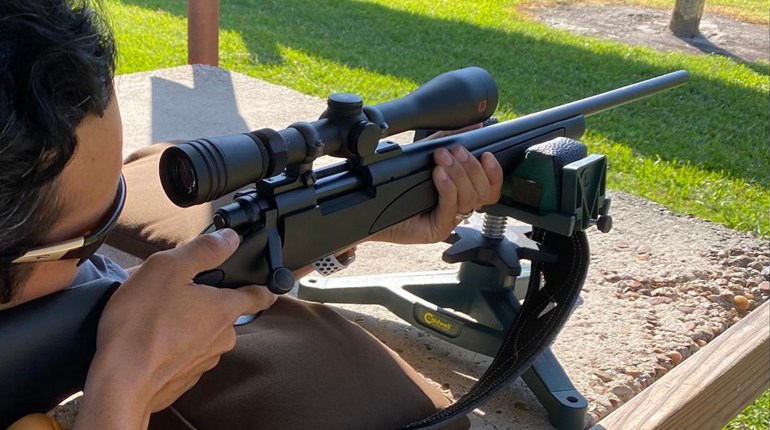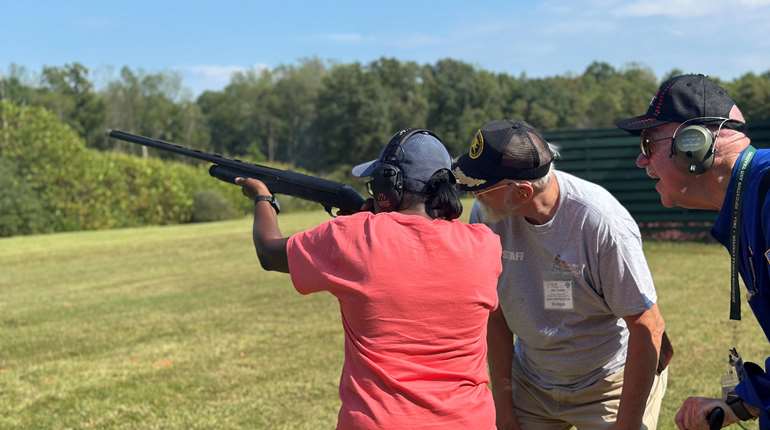
Thanksgiving occurs every year on the fourth Thursday of November. When we think of the first Thanksgiving, we visualize the image of the pilgrims and the native Americans sitting around the table with a feast prepared by the newly arrived women. The story goes that the pilgrims decided to have a day of thanks for their good fortune and invited their Wampanoag friends to join them.
Fifty-one pilgrims attended the first Thanksgiving in 1621 at Plymouth Colony in New England. Of the pilgrim attendees, 22 were men; four were married women; 25 were teenagers and children. Also in attendance were approximately 90 members of the Wampanoag tribe.
The story of the first Thanksgiving is now part of the American story. Part truth and part myth, the story developed our history, tradition and what connects us as a people. Much has been chronicled and written about the pilgrims and The Women of the First Thanksgiving.
Wampanoag Tribes
In the 1600s approximately 40,000 Wampanoag native Americans lived in 67 villages. Today there are two federally recognized tribes of the Wampanoag native Americans—the Mashpee and the Gray Head Wampanoag tribes. The Wampanoag tribe was established throughout New England, specifically in the regions of present-day Massachusetts and Rhode Island.
Wampanoag means “The People of First Light,” and its peoples refer to the earth as “Turtle Island.” Existing communities of these peoples include the Aquinnah, Mashpee, Herring Pond, Assonet, Chappaquiddick, Pocasset and Seaconke.
Before the pilgrims arrived, two-thirds of the Wampanoag population had already succumbed to disease—mostly Yellow Fever—brought to the New World by European traders. The native peoples’ immune system could not fight off the new pathogens. Those who survived were captured by British fishermen and sold off into slavery. By the time the pilgrims arrived, approximately 90 percent of the Wampanoag peoples were either killed off or sold into slavery.
The Wampanoag natives who survived traveled inland to escape the carnage. When the pilgrims arrived, they found many empty Wampanoag villages. This led to the pilgrim’s belief that they were part of God’s plan, with divine rights to the lands they now inhabited.
Mashpee Wampanoag Native Americans
It was the Mashpee Wampanoags who had the greatest influence on our modern-day tradition of Thanksgiving. It was their leader (called a Sachem) Massasoit (Ousemequinn in Wampanoag) of the Pokanoket Wampanoag clan and his peoples who began associating with the pilgrims. Their relationship began in March 1621 when Massasoit approached the pilgrims and informed them that they would be planting corn south of Town Brook in the Plymouth Colony. Massasoit advised the pilgrims that he still considered those lands as belonging to the Wampanoag peoples.
The Wampanoag native Americans were skilled hunters, fishermen, farmers and gatherers. These skills were predominately performed by the male members of the tribe. It was the women who were responsible for raising the children, maintaining the home, cooking and tending to the crops, including the harvest. Wampanoag culture included religious and pagan ceremonies that many times included feasts.
It was the women of the Wampanoag tribe who were an integral part of celebrations, preparing the meals and keeping traditions alive. Each season and harvest had some type of celebration like “Cranberry Day” when these fruits were ripe to Keepunumuk, the celebration of “bountiful harvest.”
Keepunumuk
Keepunumuk was the Wampanoag peoples version of Thanksgiving, the celebration of giving thanks for the gifts of the earth. The Wampanoag considered the gifts of the earth as the “Three Sisters”: crops of corn, beans and squash.
Keepunumuk was celebrated after the fall harvest, which sustained the Wampanoag through the winter months. The Wampanoag tribeswomen would see to the harvest of the crops and preserved the bounty to last until spring.
The women of the Wampanoag tribe would prepare many foods for the celebration of Keepunumuk, not just the Three Sisters. Along with corn, beans and squash, fish, fruits, and venison were included in the celebration.
Two dishes that the Wampanoag women served at the first Thanksgiving remain part of our modern-day celebration. The first, nasaump, was a dish made up of dried corn, wild berries, and cornmeal simmered in a clay pot. This dish was the original version of stuffing, especially in the south where no Thanksgiving would be complete without cornbread dressing. Another food item that was included on the menu would become the symbol of our modern celebration of Thanksgiving: wild turkey.
Thanksgiving
Our modern-day Thanksgiving has its origins in the ancient festival of Keepunumuk. Likewise, our modern Thanksgiving menu passed down from many of our grandmothers, mothers and to us originated from the early Wampanoag tribeswomen. It is no wonder why many of the centerpieces on our table represent the items prepared by the women of the Wampanoag Tribe.
The first Thanksgiving did not just happen though. It was a series of events that led to the first celebration of giving thanks. After the Wampanoag Tribe was wiped out by disease and the slavery trade, the Narragansett tribe, taking advantage of their weakened state, declared war on the Wampanoag for their lands.

Wampanoag leader Massasoit believed the only way to survive was to form an alliance with the pilgrims. Through an English-speaking Patuxent native American named Tisquantum, who acted as an interpreter, Massasoit approached the colony’s governor, William Bradford. Massasoit suggested that the pilgrims trade them weapons for food.
The Wampanoag needed the weapons to defend themselves against the Narrangansett tribe, and the pilgrims need food to survive. The pilgrims had no choice but to agree since they landed too far north and were not prepared for the harsh winter, had little food, and no knowledge of the new land.
It was in Massasoit’s best interest that the pilgrims survived. Because of this, the Wampanoag taught the pilgrims how to grow food and hunt in this new land. It was the women of the Wampanoag tribe that taught the women of the pilgrims how to cook these new foods. Because of what the Wampanoag native Americans taught the settlers, the pilgrims had a bountiful harvest. The Wampanoag women then taught the pilgrim women about Keepunumuk, the celebration of giving thanks to the land. Thanksgiving was born!
This November, as you sit to enjoy Thanksgiving with your family and friends, take a moment and think of the women of the Wampanoag tribe who shaped our traditions. Think how the dishes you are preparing are like the foods prepared by the Wampanoag women. Suddenly, the foods we cook now will have a deeper meaning. So this year, when you construct your centerpiece, make it a tribute to the women that made this holiday possible.














































